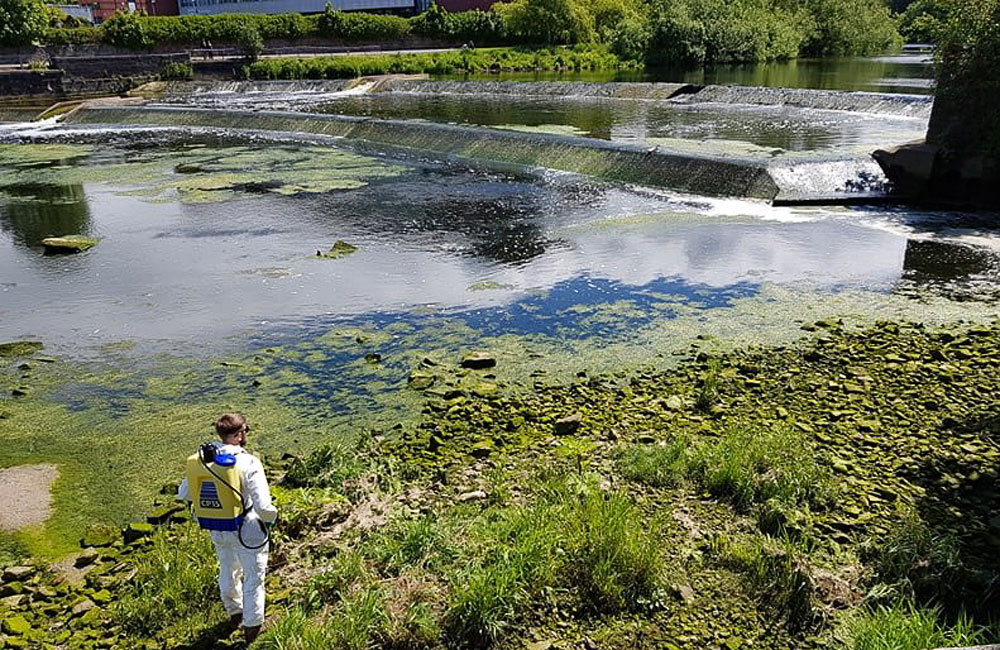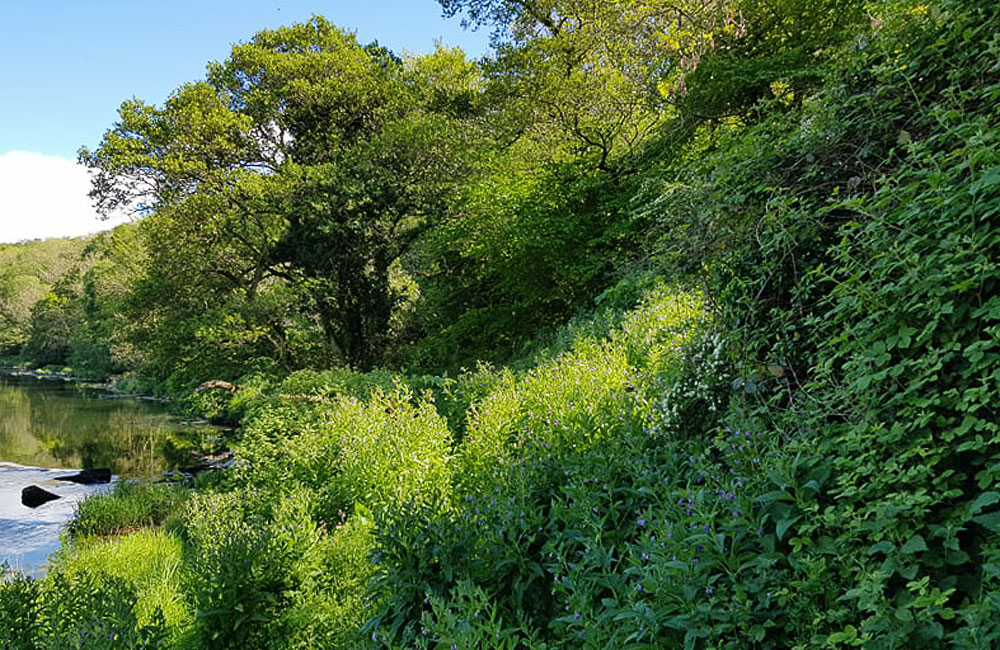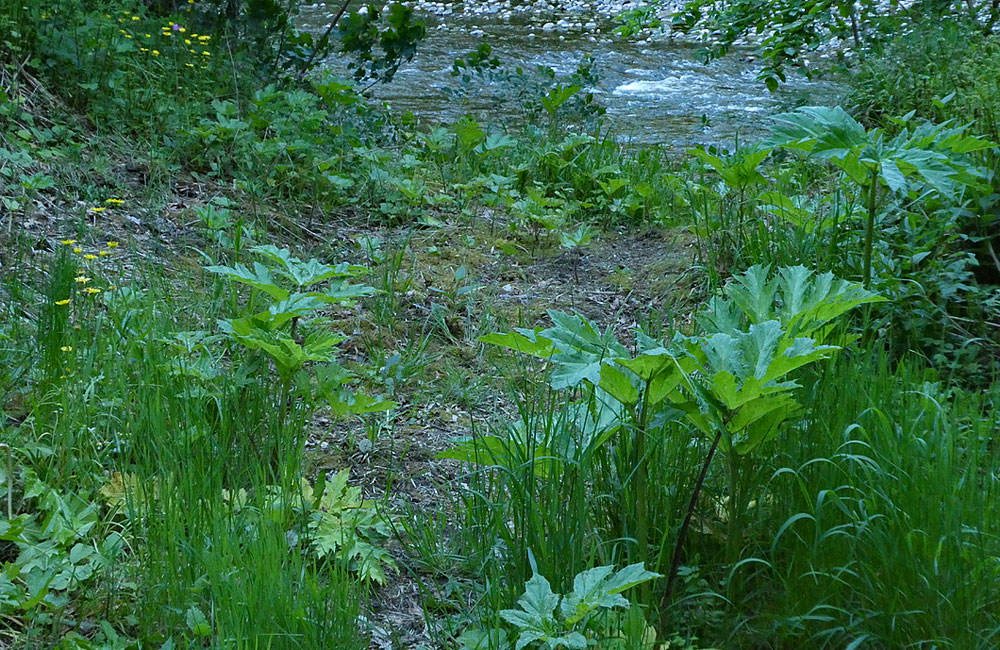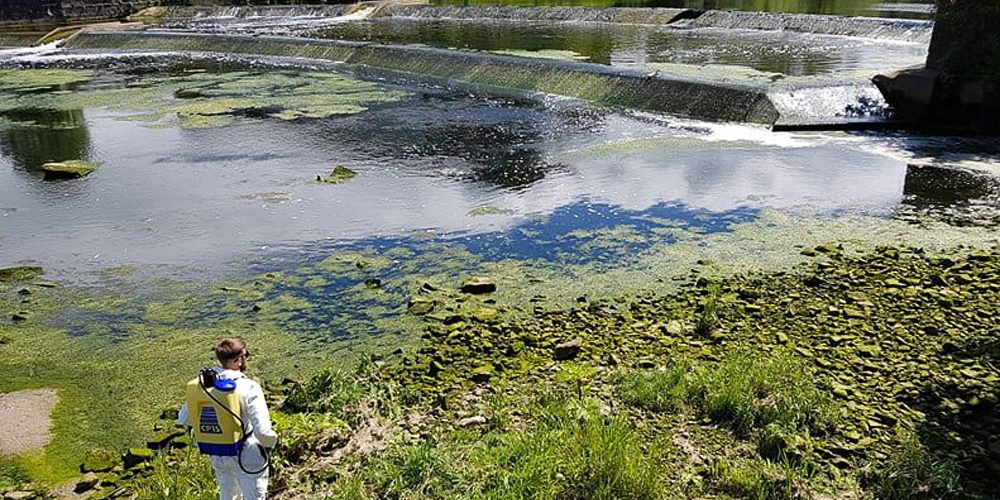Those who have fished the River Ayr over the last 15 – 20 years, can’t help but notice the decline in Giant Hogweed on the river since 2008 when Ayrshire Rivers Trust first started controlling this plant.
Giant Hogweed is a non native and invasive species that out competes native species to the detriment of the environment. It dies back in winter leaving large areas of bare soil that is prone to erosion in winter spates. This in turn leads to fine sediment depositing on spawning beds and also enrichment as nitrates and phosphates are bound to soil particles. It’s a real problem plant that was first introduced to the catchment in 1964 and has since exploded across most of the catchment as it produces anything up to 70,000 seeds per plant and the seed can lie dormant for years. It is a dangerous plant and it shouldn’t be touched as the asp reacts with sunlight and burns the skin leaving huge blisters and highly sensitive to exposure to sunlight for years to come.

One of ART’s biologists spraying plants at Nethemills in Ayr
Fortunately ART took on control of this plant and have been successful in securing massive funding to tackle this over the years. It is no mean feat with over 40 – 50 man days allocated to controlling this plant in the catchment each year and gallons of herbicides required, but ART are persistent and keep looking for funders annually. The board provided £1500 towards the cost this year and that helps the trust immensely.

This entire bank requires checking and it’s no easy task to scramble up and down these banks with 4 gallons of herbicide in a backpack wearing a protective suit during hot weather.
Other funders this year include South Ayrshire Council, The land Trust, EB Scotland and South Ayrshire Waste and Environment Trust to who ART and the Board are extremely grateful.
It is an arduous task scrambling along every meter of riverbank to ensure no flowering plants go untreated while at the same time, younger plants are also sprayed to reduce the following year’s work. Slowly but surely, the numbers of flowering plants are reducing and this is encouraging but it may time many more years before anyone can contemplate this plant being eradicated.

Masses of juvenile plants is an indication that a plant flowered here in the last year or two. This is a huge setback but one the Trust and contractors do their best to avoid.
Anyone seeing these plants flowering are asked to inform the Trust or board (either through their web page or this page) and provide a detailed description of where plants are to be found. We’d appreciate anglers assistance with this.


